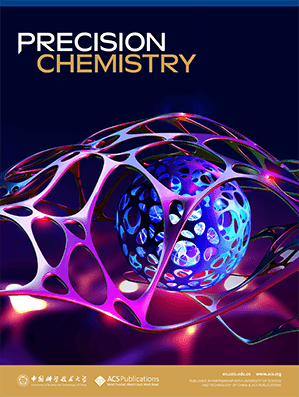This Special Issue will showcase articles exploring the precise creation and applications of 2D materials. Submit your manuscript by December 31, 2023.

Two-dimensional (2D) materials have attracted enormous interest as a new material planform for exploring fundamental chemistry and physics at the limit of single-atom thickness, and developing totally new technological opportunities beyond the reach of existing materials. With a thickness measured by a single or a few atoms and a lateral dimension extending up to meter-scale, the 2D materials feature an extreme aspect ratio up to 109 or larger. Such an extreme aspect ratio requires highly anisotropic growth, with growth rate differed by millions or billions of times for different dimensions, posing a fundamentally new synthetic challenge.
A precise control of the nucleation and growth kinetics is central for producing 2D materials with exquisitely controlled thickness, lateral size, heterostructure interface and crystalline phases to systematically tailor their electronic, chemical, quantum and other emerging properties. With the extreme surface to volume ratio, precision surface chemistry is also critical for tailoring and taming the relevant physical properties, including charge density, surface functionalization and surface protection.
This special issue, Edited by Prof. Xiangfeng Duan (University of California, Los Angeles and Executive Editor for Precision Chemistry), will comprise commissioned articles from the pioneers, leaders and rising stars of the field as well as contributed articles on the relevant topics. In particular, we aim to highlight the development and application of precision chemistry for scalable processing various 2D materials, large-area single crystals their heterostructures and superlattices, and rational tailoring their chemical and physical properties for various applications, including unconventional electronics, sensing/bio-sensing, catalysis and molecular nanofiltration.
The 2D materials under discussions include graphene, hexagonal boron nitride (h-BN), black phosphorous, a rich family of chalcogenide and halide materials, as well covalent organic frameworks and self-assembled organic molecular monolayers.
Papers accepted for inclusion in this Special Issue will be highlighted as a significant contribution to this expanding field. If accepted, publications will go online as soon as possible and be published in the next available issue. Publications on this topic will be gathered into a Special Issue in 2024 and widely promoted.
Submissions are welcome through December 31, 2023. All articles will be peer reviewed prior to acceptance to ensure they fit the scope of the Special Issue and meet the high scientific publishing standards of Precision Chemistry. The peer review process for all papers will be managed by Executive Editor Prof. Xiangfeng Duan to ensure rigor is maintained.
Precsion Chemistry is an open access journal. The Article Publishing Charges are waived for this special issue.
How to Submit
- Log in to the ACS Paragon Plus submission site.
- Choose Precision Chemistry as your journal.
- Select your manuscript type.
- Under the ‘Special Issue Selection’ menu, choose ‘Precision Chemistry for Two-Dimensional Materials.'
Please see our Author Guidelines for more information on submission requirements. The deadline for submissions is December 31, 2023.
